





- July 24, 2024
- 127 Views
Imagine a classroom where history comes alive in the 3D model of historical events. Biology students can explore the unique complexities of a cell as they have practiced it with real-world examples, and language learners can practice honest conversations in a virtual foreign city. This isn't the future; it’s the present of e-learning, transforming the world with new loading technologies like Augmented Reality (AR) and Virtual Reality (VR).
E-learning refers to the delivery of education through electronic means, specifically via the Internet. It creates a virtual space where learners can access courses and classes and participate in engaging activities, fostering a self-paced environment. This means of learning has modified learning while fostering inclusive, sharp, and value-oriented minds. E-learning with AR and VR is breaking barriers by offering virtual experiences that were once unimaginable.
In this blog, we will go deeper to understand how AR and VR are addressing the challenges in contemporary education. We will discover how these technologies reignite students' enthusiasm and optimism about their studies. We will also discuss how AR and VR technologies change mundane subjects into exciting ones.
-
Table of Contents
Understanding AR and VR Technologies
Below, we will discuss the importance of AR and VR and how they are revolutionizing education and other industries. But, first let’s understand in detail what Augmented Reality and Virtual Reality (AR & VR) are.
What Is Augmented Reality?
Augmented Reality is improved, and interactive digital experiences that are combined with computer-generated 3D content in the real world.
How does this Augmented Reality Work?
AR App Development Company has strategically built this technology, which focuses mainly on data collection through sensors and cameras to gather information about your surroundings. Next are smartphone processors, which help analyze the data to understand the environment. Coming to another one is Augmented Content. This software helps to create augmented content based on processed data.
What is Virtual Reality?
Virtual Reality is a different world where computer-generated objects and environments seem real, making users feel immersed in the virtual surroundings.
How does this Virtual Reality work?
VR App Development Company has enhanced the virtual world experience by enabling VR technologies in various industries. To make it work, users must wear VR headsets to initialize their physical position in the real world. Then, computers generate the 3D environment on display. The display is adjusted continuously based on users' head movements. Users start interacting with the virtual world through the controller, and this system tracks each activity, providing feedback to improve the user experience.
What is the Importance of integrating AR and VR in education?
We can understand the value of integrating AR and VR in education with the short story that will transition from the traditional to the electrical learning method.
A very well-known and reputable school once needed to attract active classroom participation. A class teacher called Ms. Gilbert, leading a senior class, was frustrated by this. She was highly qualified but failed to get effective involvement from the students' side. The school's principal thought the same. Teachers and principals were in a dilemma about creating an exciting curriculum that appealed to the students.
Things went monotonous for months, and exams were about to pop up. Unfortunately, the bridge between students and teachers faded. Ms. Gilbert understands the value of immersive change in education but has no idea how to do it. Fortunately, God's grace gave them a grant to explore the new wave of technologies, including AR and VR, in studies. Students seemed interested in technology, and the room buzzed with excitement.
Teachers attended the workshops to understand how to integrate these technologies into the lessons, and they were inspired and excited after attending the workshops.

Outcome of integration of AR and VR in education
- A Vertical to Explore: Ms. Gilbert knows how to bring silent images to the real world. She entered the classroom with a sense of purpose. Started teaching the Egyptian history lesson, but at this time, despite delivering the lecture, she gave the students VR headsets. Within the moment, students were transported into the pyramid, walking through the chambers and seeing the history with close experience. Everyone was excited and ready to learn and explore more about Egypt's history.
- Engages Each Student: Jeremy, who usually avoids classroom studies, started asking questions in biology classes and became curious about the fundamentals of cells and tissues. With the use of AR technology, he can rotate, zoom, and even see the cell components, which ignites his interest in studies vividly.
- A picture is worth more than thousands of words: Things have changed entirely by integrating AR and VR into the curriculum. The students performed well, with each student actively participating and enjoying each subject. It was observed that they could easily remember complex concepts. This approach improves overall results and opens new avenues for students to structure their knowledge within the technological realm.
The Evolution of E-Learning: From Traditional Methods to AR and VR
Over the past decades, the e-learning method has undergone several changes. Everything has been changed on a large scale, from traditional classroom methods to integrated technologies.
Breakthroughs of E-learning Over the Years
⇒ Early E-Learning Platform
E-learning has been taken a moment through the rise of the internet. It has historical roots back to the 19th century. Isaac Pitman, the founder of Blending Learning, started a course called Shorthand on a distance mode. Pitman was a qualified teacher who used to email the complete assignment and shared more work using the same systems.
⇒ Rise of Multimedia
With exceptional technological advancement, e-learning platforms have begun incorporating multimedia elements such as audio, video, and quizzes. This was the landmark shift from text-based content to more dynamic and exciting learning experiences.
⇒ The Role of Mobile Phones & Tablets
With the advent of smartphones and tablets on the global platform. Mobile learning became the significant learning. Mobile applications and responsive websites became the hotspots of the e-learning platform, and many learners started selecting e-learning for its ease and flexibility.
⇒ Emergence of AR and VR Technologies
Augmented Reality and Virtual Reality Development Companies represent the latest advancements in e-learning technologies. AR has sharpened digital information in the real world, while virtual reality provides an exceptional 3D near-to-eye experience visualizing the real world.
It brings the learners together to explore the creative dynamics of learning, fostering a self-paced and intriguing environment in the classrooms.
Benefits of AR and VR In E-Learning
Augmented and Virtual Reality are revolutionizing the world by swapping old methodologies with new and updated ones. AR and VR in e-learning magnificently stole the show of innovation and successful implementation in educational methods.

- Enhanced Engagement and Interactivity: AR and VR create an immersive, engaging learning environment that vividly captures the students' attention. This technology is at the forefront of innovation, leading to an enhanced learning experience that encourages participants to be part of the classroom. With the practical implications of the study, students are not burdened with cramming up the syllabus.
- Simulation Learning: The best advantage of AR and VR is that it fosters simulation-based learning. With the advent of this, learners can engage in a realistic simulation environment that acts as real-world scenarios, developing practical skills and knowledge in a controllable environment.
- Improved Retention and Understanding: Now, education is not rocket science for students. With the implementation of advanced AR and VR technologies, knowledge retention has become easy. By providing dynamic and real-world experiences, students can understand complex concepts and implement them in their practicals. For example, Medical students practice surgeries in a risk-free environment, developing a deeper understanding of the process.
- Real-World Implication of Knowledge: These technologies have bridged the gap between theoretical knowledge and its practical implementations. For Instance, Engineering students can use AR to visualize their 3D model of the structure. At the same time, VR can take them to simulate real-life examples implementing theoretical approaches in the projects.
Case Studies and Real-World Examples
Speaking of the case studies, there are real-world implementations of these unleashed technologies: AR and VR. These technologies have inaugurated the walls of education, fostering critical thinking, problem-solving approaches, and content retention to supercharge students mindsets.
A collaboration between Case Western Reserve University, Cleveland Clinic, and Microsoft highlights the transformative potential of AR and VR in education. Let’s explore e-learning in the medical sphere.
Starting with Case Western Reserve University Radiology Professor Mark Griswold knew the whole world had changed when he used the prototype of Microsoft’s HoloLens headsets. 2 months later, a university medical student explained why.
“There’s the aortic valve,” Satyam Ghodasara exclaimed as he used Microsoft’s device to examine a holographic heart. “Now I understand.”
Now, Griswold explains to tens of thousands of people how HoloLens can supercharge learning across various subjects, including those as complex as the human body. He spoke this in front of an online audience at Microsoft’s annual Build conference.
With HoloLens, Griswold explained, “You see it truly in 3D. You can take parts in and out. You can turn it around. You can see the blood pumping—the entire system.”
His emphasis was on history and engineering subjects that would easily be revolutionized by AR and VR technologies, enabling real-world experiences in the subjects.
With all this research and implementation at a large level, it is easy to predict the education graph for coming decades, how it encompasses the real world, and how it makes it real and easy to understand the implications of complex subjects.
Challenges and Solutions in Integrating AR VR in E-Learning
There are certain challenges that may arise while implementing the big dynamics of the changes, but improvising the technologies can resolve them efficiently.
- Technical Limitations: You may have limited access to high-quality AR/VR hardware, such as headsets and motion sensors.
- Solutions: To resolve this, users must focus on creating content that is compatible with a range of devices, including smartphones, laptops, and tablets.
- User Comfort and Health: Continuous use of headsets may cause irritations, headaches, fatigue, and motion sickness.
- Solutions: We need to incorporate comfortable hardware and software that mitigates health issues.
- Bandwidth and Connectivity Issues: AR/VR requires high-quality internet and significant bandwidth, which may not be available to everyone at any time.
- Solutions: We need to optimize for low bandwidth and provide offline access so that it is widely available.
Choosing the Right AR VR Development Company
Collaborating with the right AR VR App Development Company strengthens immersive technology and efficiently makes it applicable to your product. Before selecting the App Development Company, address the array of specific criteria mentioned below
⇒ Expertise and Expert Solutions: Always look for a company with a proven track record in AR/VR. For reliability, an augmented reality development company must have knowledge and expertise with similar projects.
⇒ Client Reviews and Testimonials: When choosing a Custom Software Development Company, always ask for client reviews and, if possible, contact them directly for an honest review.
⇒ Customization and Scalability: Despite generic solutions, make sure that the company provides off-the-shelf services to meet your specific needs. Also, be open to the required changes within the platform.
⇒ Cost and Budget: This is the primary factor to consider while choosing a company that provides quality services under the budget. Go for the company that offers transparent pricing without any hidden charges.
Conclusion
AR/VR has revolutionized the e-learning industry across multiple platforms. This technology is present and needs to co-exist with these shifts to sprinkle the drops of modernity in the globalized world.
Frequently Asked Questions
What is the future scope of AR and VR in Education?
Adopting AR/VR into education can enhance learning experiences and boost the capability to understand concepts for years. As per the ICARS 2023, AR/VR can enhance user engagement, encouraging them to conduct more profound, extensive studies.
How much does integrating AR/VR in an eLearning application cost?
The cost depends on the requirements, and an extensive application would be expensive. To get an estimated quote, contact us at codeAegis, a software development company. We can provide you with an estimation by analyzing the product's feature lists.
How long does developing and implementing AR and VR in e-learning platforms typically take?
The time it could take depends on the application's intricacies. However, it could take approximately 6 months to 1 year after finishing all the development and designing processes. To get the exact time, please contact us.
What is the market potential for AR and VR in e-learning?
The market potential for AR/VR in e-learning is substantial and rapidly growing. AR/VR technologies immensely enhance the learning experience, creating an engaging educational environment. The global market for these technologies will reach billions of dollars in the coming years. Schools are increasingly adding AR/VR into their curriculum to improve accessibility and technological advancement.
What ROI can investors expect from AR and VR in e-learning platforms?
Investors can surely expect a high ROI as the market is supposed to grow vividly in the coming year. AR/VR penetrates high-user engagement, improves knowledge retention, and provides immersive learning experiences. As a result, school organizations will opt for training programs and infuse AI-driven modules to educate their students. Therefore, over time, it will drive high- demand and potential for growth in this market.
About Author
You May Also Like

IPTV has established itself as a prominent technology that is gaining traction with its comprehensive platform applications. Unlike traditional methods like satellite, cable, or TV, IPTV has accelera

As we head into the future, more and more people are looking to find ways to improve their healthcare. And with good reason - healthcare can be expensive, and it can be difficult to get the right care

The United Arab Emirates (UAE) is flourishing as the hub for blockchain technologies, transforming the digital ecosystem and having a forward-thinking government to maintain its competitive edge. Gove

Summary: Car rental apps have become the heart of the business, stimulating growth, efficiency, and customization. They offer updated rental methods to stay relevant with Gen Z and Millennials, who ar

Blockchain technology and web development are two powerful innovations that have the potential to transform our world. While they may appear distinct, they share similarities and can work together to

Depending on what niche you’re in, video chat apps are becoming increasingly common in the world of business and technology. Whether it’s a small startup company or a multinational corpora

In recent years, the gaming industry has seen a surge in popularity, with many gamers turning to online gaming platforms and console games in order to escape reality. With so many people playing video

Will DeepSeek and ChatGPT collide in the race for AI Supremacy? DeepSeek and ChatGPT are at the center of a heated debate that tends to shape the future of AI. The real-world implications and effecti

By 2024, we all know that technology will be the future. What excites me the most is that technology has covered all the dimensions of businesses, enabling them to attain their potential and efficienc

The UAE, and Dubai specifically, has really evolved from just a real estate and tourism market, and is quickly becoming a hub for digital innovation and online commerce. With the continued investment

Building an App that promotes businesses and acts as a right hand has a separate fanbase! Creating an app for the business plays a fundamental role in elevating business operations, making seamless c

As the world of startups becomes increasingly competitive, building an MVP is crucial for entrepreneurs looking to test their ideas and launch successful businesses. By creating a minimum viable produ
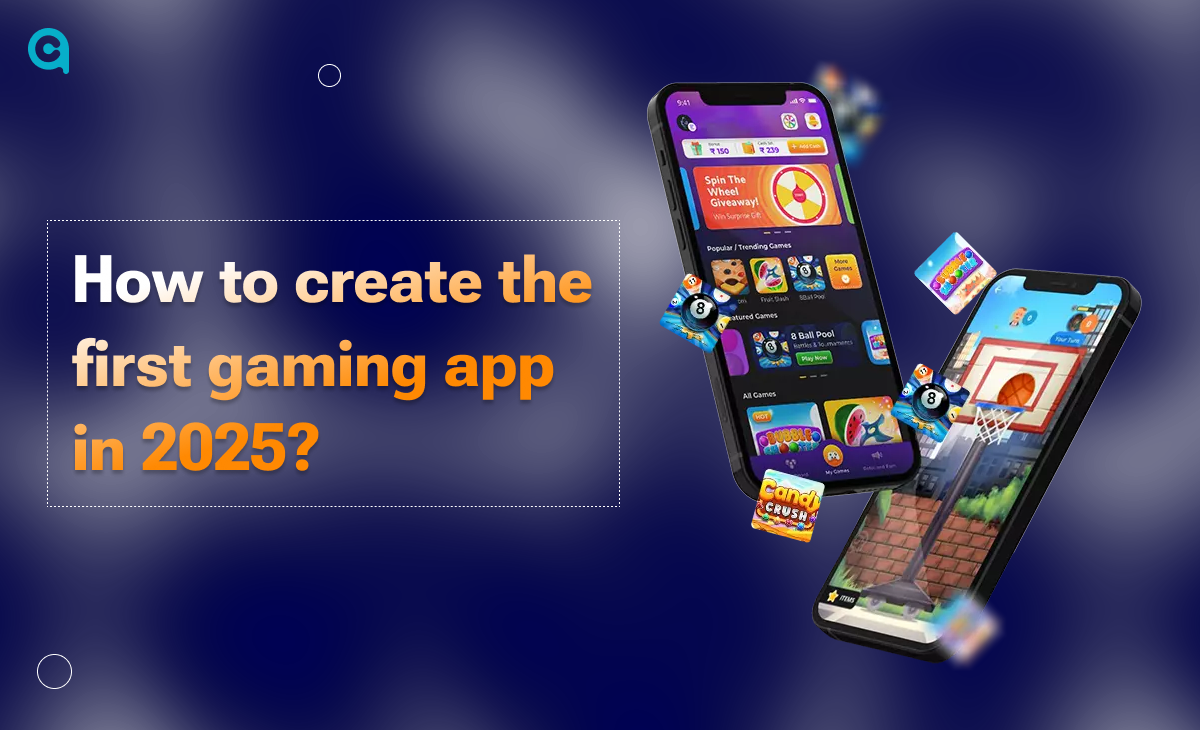
Application development is essential to fostering business efficiency while accepting new changes. Depending on the specific requirements, 85% of businesses rely on software development solutions to s

Over-the-top (OTT) platforms like Disney Plus, Netflix, and Prime Video have gradually captured attention as traditional TV-watching methods have faded. Throughout the year, OTT platforms have created

The startup space is fast, competitive, and harsh. According to Exploding Topics, about 90% of startups fail. What would be the reason for that? There would be multiple reasons for startup failure, bu
The beacon technology market was valued at 519.6 million U.S. dollars in 2016, and it was estimated to increase at a CAGR of 59.8% to reach about 56.6 billion U.S. dollars in size in 2026. Throughout

The introduction of online payment applications has changed how people perform financial transactions. A mobile phone with a banking app lets you quickly resolve various financial matters. Ta

DeFi is a new kind of investment that’s taking the world by storm. So what is it? Essentially, DeFi is a digital asset class that allows you to invest in cryptocurrencies and other digital asset

Blockchain technology is becoming the heart of multiple industries. It is robustly securing businesses through its core value, making it the first pick-up in the generative AIs. The blockchain is the
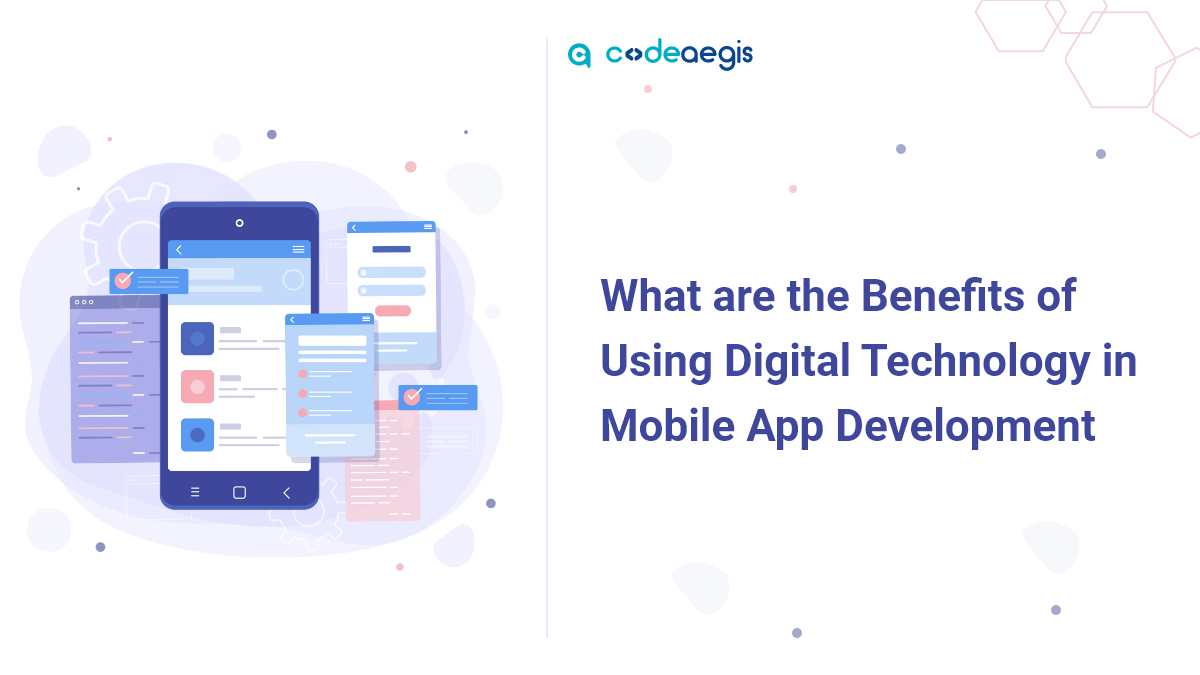
With the ubiquity of smartphones and tablets, it only makes sense that mobile app development - which is the process of creating applications for smartphones and tablet devices - is becoming more popu

Generative AI? Is this still a question mark to you? If you don’t know what generative AI does, that would be a fair question, but it was not if you said that you haven’t interacted with

The rise of online video streaming services has revolutionized the entertainment industry, prompting businesses worldwide to explore the possibility of launching their own platforms. With giants like

Table of Contents 1. What is Flutter? 2. Why Choose Cross-Platform Development? 3. Why is Flutter the Best Platform to Make Cross-platform Applications? 4. How Much Does it Cost to

Nowadays, the digital presence has revolutionized business dynamics. App development is not just evolving but breaking traditional barriers and emerging as strong and progressive solutions. With robus

Hiring a team of remote developers can be a daunting task, but it doesn't have to be. With a little bit of planning and the right approach, you can find the perfect candidates to build your dream prod
Have you ever felt like you’ve attracted 30% more consumers to your shopping sales by using a technical hack to revive your shops? It would work like a person was crossing through next to your

When it comes to mobile app development, one of the most important things you need to consider is the prototyping process. This will allow you to create a working model of your app so that you can tes

Mobile applications play a vital role in the development of multiple businesses in this digital world. Most companies are investing in iOS app development to strengthen their market appearance and dra

The world is digitizing at a very rapid pace, and in such a scenario, real estate businesses must also go digital to stay ahead of the competition. One of the best ways to digitize your business is de

Have you ever found yourself in a situation where you desperately needed a product or service but didn't have the time or energy to go out and get it? Well, fear no more because on-demand delivery app

Businesses these days are looking to have an edge over their competition by having a strong online presence. A website is not enough anymore, and many companies are turning to mobile apps as a way to

Can you give thought to a week without coffee breaks at cafes? It might not be possible, but earlier, having coffee outside the house was never a thing. So how the tables have changed the corners?

Over the past decades, the healthcare sector has continuously expanded its wings, moving from traditional to advanced technological processes. This evolution is driven by the sector's unwavering commi

With the advent of technology, the financial industry has experienced a massive transformation in the past few years. Fintech applications have revolutionized the way we manage and invest our money.

Mobile app development is quickly becoming a necessity for businesses. As the world becomes increasingly digital, companies of all sizes rely on mobile apps to reach customers and increase customer en

The mobile app market has grown to a staggering size, with over 1.8 million apps available in the Google Play Store and Apple App Store combined. Mobile apps have become a necessity for people worldwi

Imagine a classroom where history comes alive in the 3D model of historical events. Biology students can explore the unique complexities of a cell as they have practiced it with real-world examples, a

Sipping coffee and thinking of a startup has always been trendy. Similarly, hanging out with friends and promising them to start a business someday feels refreshing. Did you know that several success

Nowadays, the financial industry has encountered massive digitization, and mobile apps play a significant role in it. There are a wide variety of money transfer apps available, catering to the needs a

The food delivery application has innovative, game-changing features that will transform the industry from the bottom to the top. According to Statista, the online food delivery market in the UAE has

Do you run your own business and want to build an Android app? If yes, you must know about the latest technology trends playing a significant role in the android app development process. Technology i

Are you looking to design a mobile app in 2025? Mobile application development is an ever-changing field, and it can be hard to keep up with the latest trends and best practices. But with this guide,

Table of Contents 1. What is ChatGPT? 2. What Are the Top Benefits of ChatGPT? 3. How Does ChatGPT Work? 4. Challenges With ChatGPT 5. ChatGPT and the Future of AI 6. Final Thoug

Australia is moving towards a big shift at a global level. It is strengthening the ties at the B2B level and becoming a hub for innovation, sustainability, and digital transformation. Backed with a r

Do you want to build a simple app for your business? Do you want to create an app that enhances the experience of users who play games on their smartphones? Whatever your reason, I have created this g

In today's digital world, businesses must keep up with ever-increasing consumer expectations and find new ways to engage their audience. That's where Progressive Web Apps (PWAs) come in. PWAs are a r

An extensive background working in Tech, Travel, and Education Industries. Currently involved in entire business operations process: Benefits strategy and implementation, systems integration, Human Re

When it comes to developing an app, there's a lot to consider. Not only do you need to create a user-friendly interface and design, but you also need to make sure your app is able to meet the demands

It's no secret that the digital world has transformed many aspects of our lives, and it is only going to continue changing in ways we can't even imagine yet. To help businesses keep up with this rapid

The world of gaming is rapidly evolving, and the latest buzzword is "metaverse." The term refers to a virtual world where users can interact with each other and digital objects in real time, using imm

Do you know what digital transformation with AI is and how it can impact your business? Organizations today are under pressure to digitally transform to stay competitive. This digital transformation

Did you know that Dubai's prime residential market is projected to experience the world's strongest growth in 2025? The Middle East is buzzing with opportunities, especially in the realm of mobile app

In the last few years, wearables have become increasingly popular. Fitness trackers, smartwatches, and even smart glasses are becoming more and more commonplace. And as the technology improves and bec

Google released Android 13 beta 4 to the public, and with it comes a slew of new features and updates. In this article, we'll walk you through everything you need to know about the latest version of A

Imagine a world where you can speak your thoughts and desires, and the digital realm responds promptly, seamlessly integrating into your daily life. Whether you want to search for information, contro

Having a mobile application is no longer a luxury—it's an essential tool for instantly capturing the market! To stand out in the rental businesses, a company must adopt tech-driven preferences

Necessity is the mother of invention origin! Have you ever wondered when an entrepreneur decides to start a business? When demand is high and supply is low, opportunities arise. But there’s mor

You’ve likely heard the term “Artificial Intelligence” or AI until now—It’s 2025. But have you ever paused to consider how deeply AI has woven itself into the web of our

Rental businesses are gaining market share by offering essential services that help other businesses minimize downtime and maximize profitability. This growth trend is particularly strong in the servi

The gaming industry is proliferating with the advent of smartphones and PCs. Every age group, from children to adults, is well-engaged and fond of online gaming. The rapid evolution of mobile gaming a

Things have changed dramatically over the years with new opportunities, techniques, and future advancements. Real estate is the best industry to invest in, though the procedure sometimes irritates. Me

Businesses after COVID are going through several changes, and the food industry is no different. Restaurants that have been doing dine-in are now struggling to keep up with the demand for delivery and

Are you aware that the world is going through a significant shift in the way we make payments? According to a recent report by Deloitte, the total value of digital payments worldwide is estimated to r

Blockchain technology has been a hot topic recently due to its potential to revolutionize various industries. Blockchain is a distributed ledger technology that ensures transparency, security, and dec

Mobile applications have dominated the market, helping businesses to reinforce their full potential. Not only for the rental business, but mobile apps play a critical role in establishing a solid foun

The mobile app market has grown to a staggering size, with over 1.8 million apps available in the Google Play Store and Apple App Store combined. Mobile apps have become a necessity for people worldwi

As blockchain technology continues to evolve, so too does the landscape of projects built on its foundation. The worldwide Blockchain market is predicted to expand at a CAGR of 42.8% (2018-2023), dire

Social media apps are all the rage these days. People use them to connect with friends and family, to learn about new products and services, and to stay up-to-date on the latest news. But as popular a
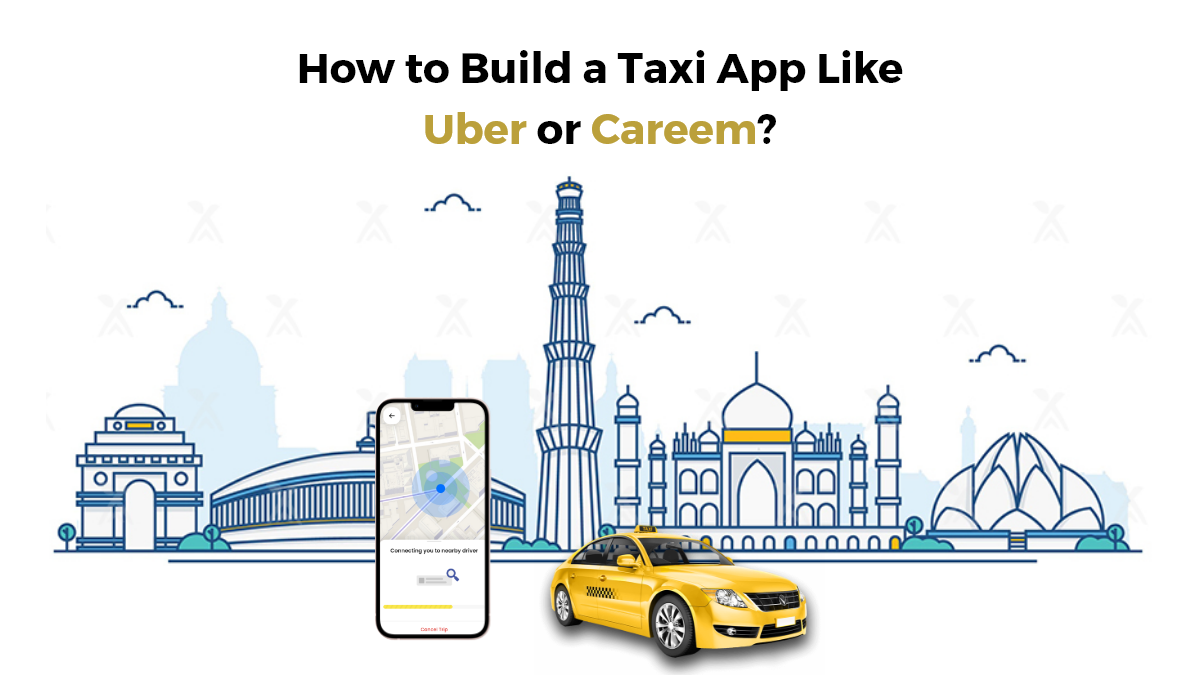
Gone are the days when people used to wave down a taxi on the street or wait for one at the airport. With the advent of technology, people can now book a taxi with just a few taps on their smartphones

Picture this - a world where business transactions are seamless, secure, and transparent. This might have seemed like a distant dream before the advent of cryptocurrencies and blockchain technology, b

The healthcare industry is one of the most rapidly changing and growing industries worldwide. Mobile devices and apps have drastically changed how providers and patients interact and communicate.So, i

Decentralized Finance (DeFi) is a modern and evolving region of finance that is less centralized and more open to innovation and collaboration. DeFi enthusiasts laud its prospect of disrupting convent
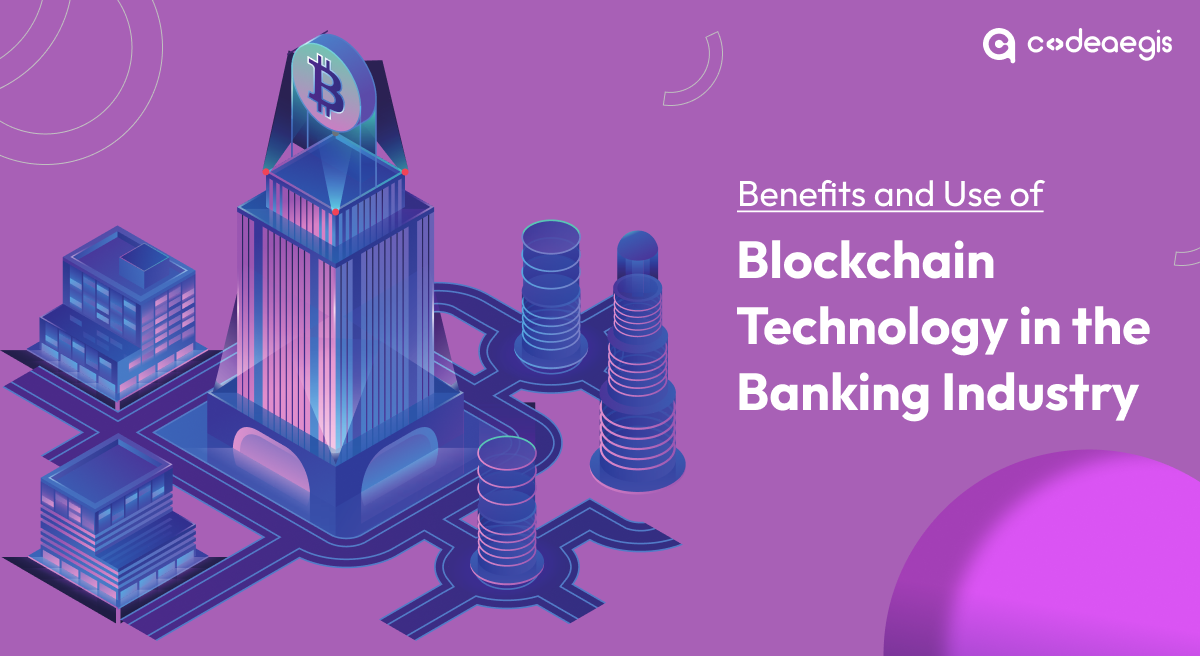
Picture this: a world where traditional banking transforms into a cutting-edge, efficient, and transparent system that leaves everyone in awe. Blockchain, often met with skepticism and uncertainty, is

If you’re planning to enter the fast-growing fantasy sports market, one of the most critical aspects considered is “What will it cost to build a fantasy sport that stands out and drives t

The launch of Node.js 19 is now available! It substitutes Node.js 18 as the current launch line, with Node.js 18 being encouraged to long-term support (LTS) next week. What do these two launches mean

Want to establish a new business or improve an existing one? You should consider using blockchain technology Being a distributed database, Blockchain allows for secure online transactions. This techn

Prime Minister Narendra Modi eventually launched 5G in India at the 6th edition of the IMC (India Mobile Congress). Reliance Jio and other telecom organizations documented the various use cases of 5G

Is your business still relying on off-the-shelf software solutions that don’t efficiently meet your unique business requirements? If your mind instantly says yes, then let’s explore why in

Technology has come a long way in the past decade, and augmented reality (AR) is one of the most exciting development fields. AR technology superimposes digital content into the real world, creating a

Lately, the tech world has been abuzz with talk of the Metaverse, a groundbreaking concept that promises a shared virtual space where people can interact and engage with one another. This futuristic i

The two hottest frameworks in the mobile app development world are Flutter and React Native. They’re both cross-platform solutions that allow you to write code once and deploy it to Android and
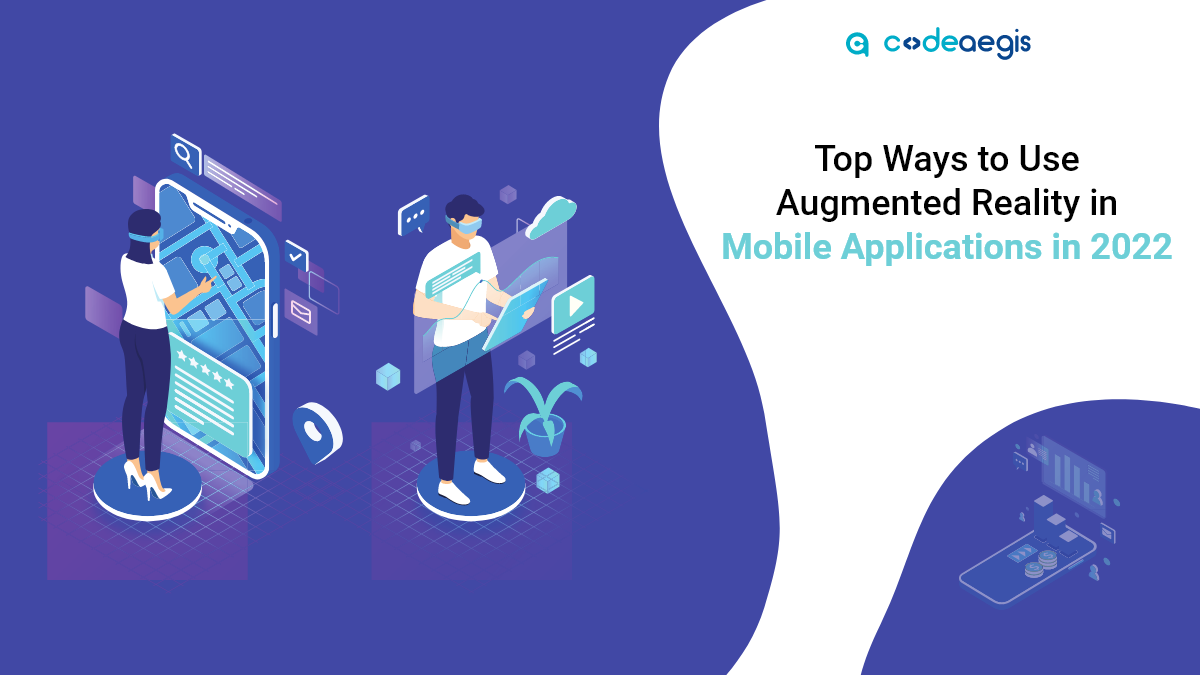
Augmented Reality and Virtual Reality are the two leading buzzwords in the technology era. What began as a completely new, significantly different technology has rapidly revolutionized into something

If you’re in the healthcare industry, then you know that data privacy and security are of utmost importance. In order to protect patients’ information, the Health Insurance Portability and
Leave a Reply
Your email address will not be publishedDO YOU HAVE ANY PROJECT
Let's Talk About Business Solutions With Us
India Address
57A, 4th Floor, E Block, Sector 63, Noida, Uttar Pradesh 201301
Call Us
+91 853 500 8008
Email ID
[email protected]





.jpg)





